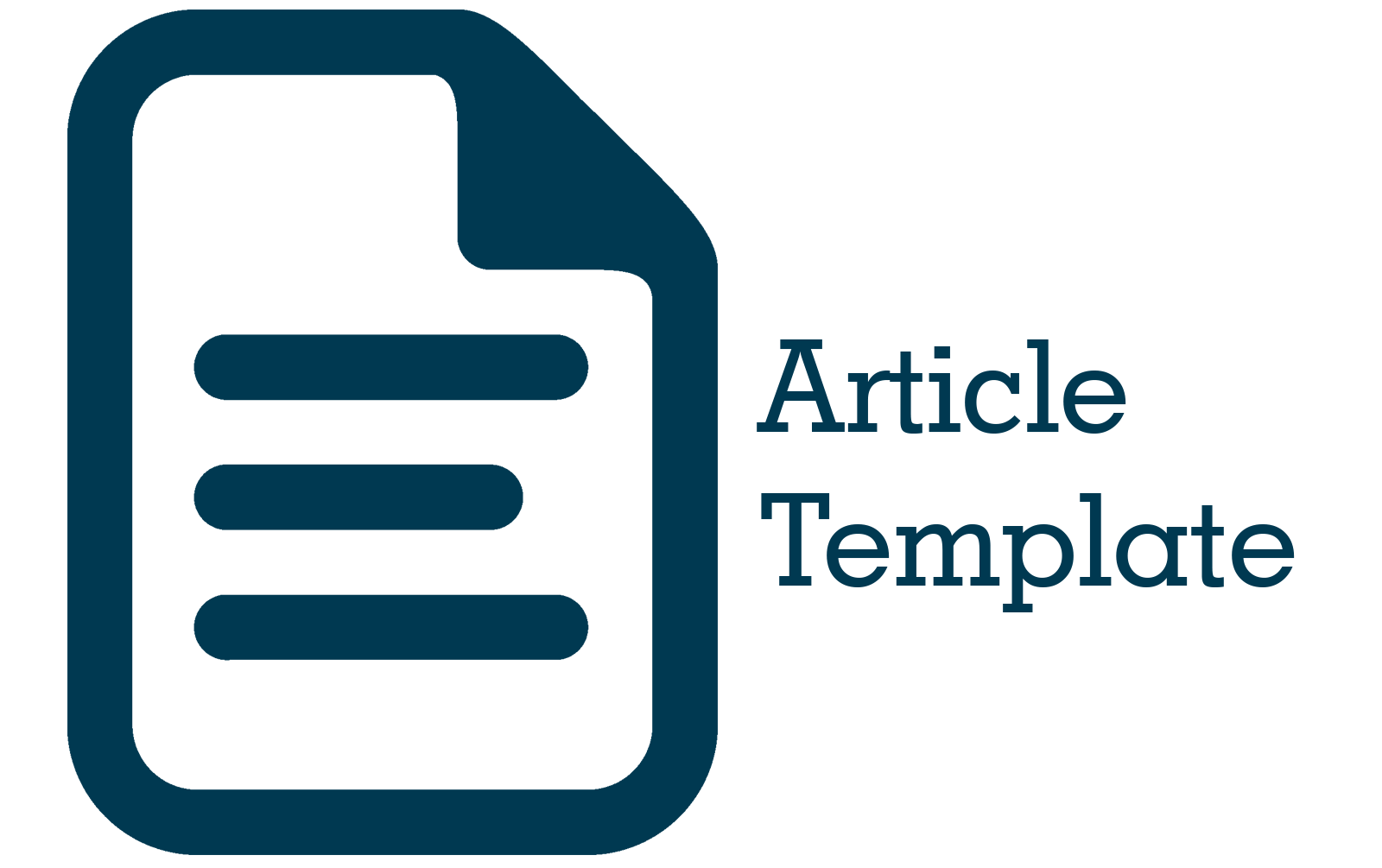Studi Literatur Stigma pada Anak Autis
Abstract
Abstract. Individuals with autism often face difficulties in social interactions and socio-emotional development, which can be influenced by societal stigma surrounding this condition. Stigma may arise from misconceptions and myths about autism. This research aims to investigate public perceptions, triggering factors of stigma, and their impact on the lives of children with Autism Spectrum Disorder (ASD) in Indonesia. The primary data sources are scientific journals, articles, and academic materials discussing stigma towards autistic children in Indonesia. Thematic analysis was employed to identify common patterns related to public perceptions, triggering factors of stigma, and the impact of stigma on autistic children. The research findings indicate that stigma towards autism is not only public but also internal (self-stigma) and involves close associates (affiliation stigma). Stigma's impacts include difficulties in seeking assistance, hindrances in recovery, discrimination, limited opportunities, inhumane treatment, social isolation, and mental health issues. Factors such as gender, age, culture, prior experiences, and knowledge about autism influence the occurrence of stigma. Accurate understanding of autism is crucial in addressing stigma in this study. Efforts are needed to raise public awareness, dispel prevalent myths, and provide better support for individuals with autism and their families. With these measures, it is hoped that the negative impact of stigma on the lives of children with ASD in Indonesia can be reduced.
Abstrak. Individu dengan autisme sering mengalami kesulitan dalam interaksi sosial dan perkembangan sosio-emosional, yang dapat dipengaruhi oleh stigma masyarakat terhadap kondisi ini. Stigma dapat berasal dari persepsi yang keliru dan mitos seputar autisme. Penelitian ini bertujuan untuk menyelidiki persepsi masyarakat, faktor-faktor pemicu stigma, dan dampaknya terhadap kehidupan anak-anak dengan Autism Spectrum Disorder (ASD) di Indonesia. Sumber data utama berasal dari jurnal ilmiah, artikel, dan sumber-sumber akademis yang membahas stigma terhadap anak-anak autis di Indonesia. Data dianalisis secara tematik untuk mengidentifikasi pola umum terkait persepsi masyarakat, faktor-faktor pemicu stigma, dan dampak stigma pada anak-anak autis. Hasil penelitian menunjukkan bahwa stigma terhadap autisme tidak hanya bersifat publik, tetapi juga internal (self-stigma) dan melibatkan orang-orang terdekat (stigma afiliasi). Dampak stigma mencakup kesulitan mencari bantuan, hambatan dalam pemulihan, diskriminasi, kurangnya peluang, perlakuan kurang manusiawi, isolasi sosial, dan masalah kesehatan mental. Faktor-faktor seperti jenis kelamin, usia, budaya, pengalaman sebelumnya, dan pengetahuan tentang autisme memengaruhi terjadinya stigma. Dalam penelitian ini pemahaman yang akurat mengenai autisme untuk mengatasi stigma. Upaya perlu dilakukan untuk meningkatkan kesadaran masyarakat, mengoreksi mitos yang berkembang, dan memberikan dukungan yang lebih baik kepada individu dengan autisme dan keluarganya. Dengan langkah-langkah ini, diharapkan dapat mengurangi dampak negatif stigma terhadap kehidupan anak-anak dengan ASD di Indonesia.
References
Bachman, C. J., Hofer, J., Becker, I. K., Kupper, C., Poustka, L., Roepke, S., Roessner, V., Stroth, S., Wolff, N., & Hoffmann, F. (n.d.). Internalised stigma in adults with autism: A German multi-center survey. Psychiatry Res, 2019 Jun, 276:94-99. 10.1016/j.psychres.2019.04.023. Epub
Goffman, E. (1963). Notes on the management of spoiled identity. simon & schuster inc.
Turnock, A., Langley, K., & Jones, C. R. (2022, Maret 9). Understanding Stigma in Autism: A Narrative Review and Theoretical Model. Autism Adulthood, 4, 76 - 91. 10.1089/aut.2021.0005.
Monique Botha. (2020). Author response for “Critical realism, community psychology, and the curious case of autism : A philosophy and practice of science with social justice in mind. ”https://doi.org/10.1002/jcop.22764/v2/response1
Link, B. G., & Phelan, J. C. (2001). Conceptualizing stigma. Annual Review of Sociology, 27(1), 363–385. https://doi.org/10.1146/annurev.soc.27.1.363
Link, B. G., & Stuart, H. (2016). On revisiting some origins of the stigma concept as it applies to mental illnesses. In The Stigma of Mental Illness - End of the Story? (pp. 3–28). Springer International Publishing. http://dx.doi.org/10.1007/978-3-319-27839-1_1
Oyserman, D., & Swim, J. K. (2001). Stigma: An insider’s view. Journal of Social Issues, 57(1), 1–14. https://doi.org/10.1111/0022-4537.00198
Corrigan, P. W., Larson, J. E., & Rusch, N. (2009). Self-stigma and the “ why try ” effect : impact on life goals and evidence-based practices. World Psychiatry, (21), 75–81.
Corrigan, P. W., Roe, D., & Tsang, H. W. H. (2011). Challenging the Stigma of Mental Illness: Lessons for Therapies and Advocates. Chichester: Wiley-Blackwell.
Corrigan, P. W., & Watson, A. C. (2002). Understanding the Impact of Stigma on People with Mental Illness.
Nearchou, F. A., Bird, N., Costello, A., Duggan, S., Gilroy, J., Long, R., Hennessy, E.(2018). Personal and perceived public mental-health stigma as predictors of help-seeking intentions in adolescents. Journal of Adolescence, 66(July 2017), 83–90. https://doi.org/10.1016/j.adolescence.2018.05.003
Phelan, J., Link, B. G., & Dovidio, J. F. (2014). “ Stigma and Prejudice : One Animal or Two ?,” 67(3), 358–367. https://doi.org/10.1016/j.socscimed.2008.03.022.
Dano, A.A. (2019). Intensi Pencarian Pertolongan Formal Dintinjau Dari Perceived-Public Stigma, Usia, dan Jenis Kelamin (Tesis Program Magister Psikologi Profesi). Fakultas Psikologi, Universitas Gadjah Mada, Yogyakarta.
Goodall C. ‘I felt closed in and like I couldn't breathe’: A qualitative study exploring the mainstream educational experiences of autistic young people. Autism Dev Lang Impair. 2018;3:2396941518804407.
Crane L, Davidson I, Prosser R, Pellicano E. Understanding psychiatrists' knowledge, attitudes and experiences in identifying and supporting their patients on the autism spectrum: Online survey. BJPsych Open. 2019;5(3).
Pedersen, E. R., & Paves, A. P. (2014). Comparing Perceived Public Stigma and PersonalStigma of Mental Health Treatment Seeking in a Young Adult Sample. Psychiatry, 1,143–150. https://doi.org/10.1021/nn300902w.Release
Barney, L. J., Griffiths, K. M., Jorm, A. F., & Christensen, H. (2006). Stigma about depression and its impact on help-seeking intentions. Australian and New Zealand Journal of Psychiatry, 40(1), 51–54. https://doi.org/10.1111/j.1440-1614.2006.01741.x
Dano, A.A. (2019). Intensi Pencarian Pertolongan Formal Dintinjau Dari Perceived-Public Stigma, Usia, dan Jenis Kelamin (Tesis Program Magister Psikologi Profesi). Fakultas Psikologi, Universitas Gadjah Mada, Yogyakarta.
Kapp SK, Steward R, Crane L, et al.. ‘People should be allowed to do what they like’: Autistic adults' views and experiences of stimming. Autism. 2019;23(7):1782–1792.











